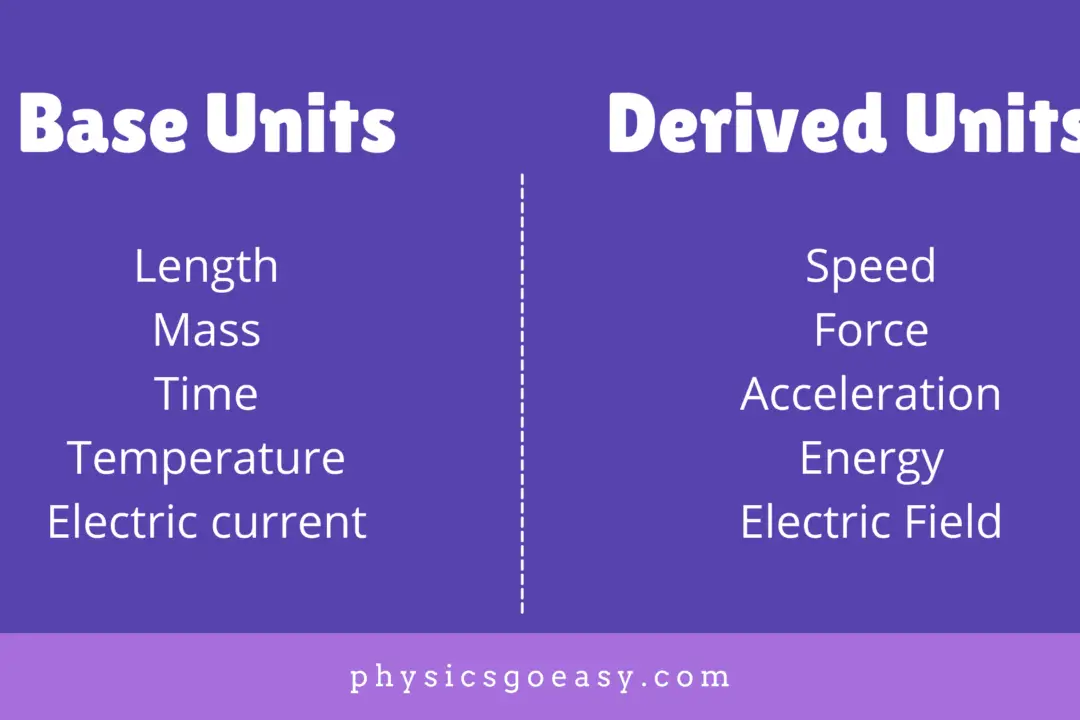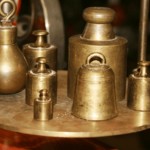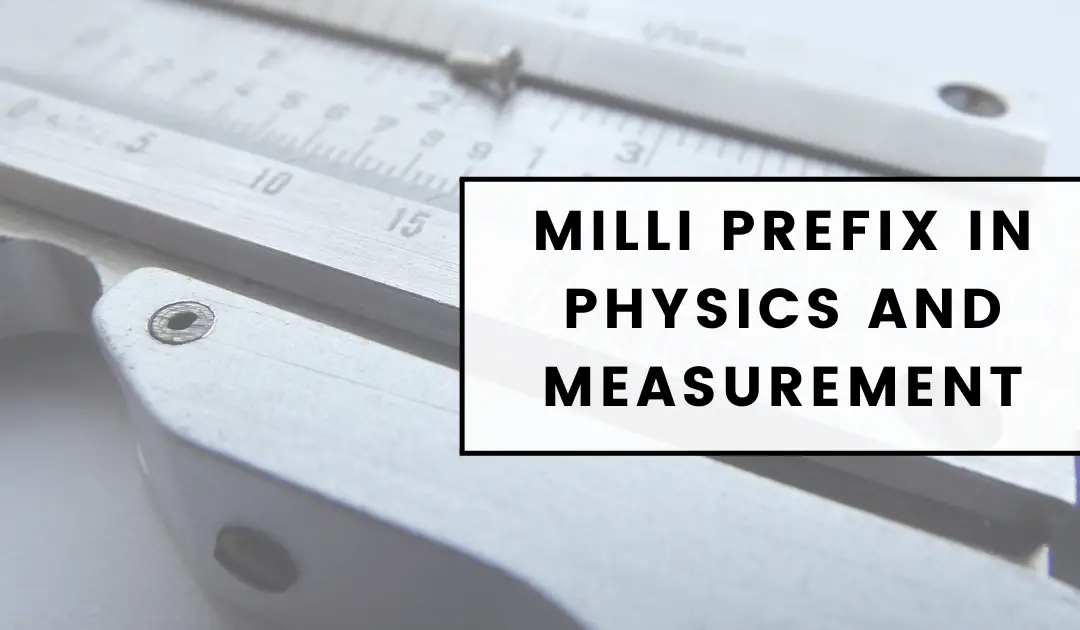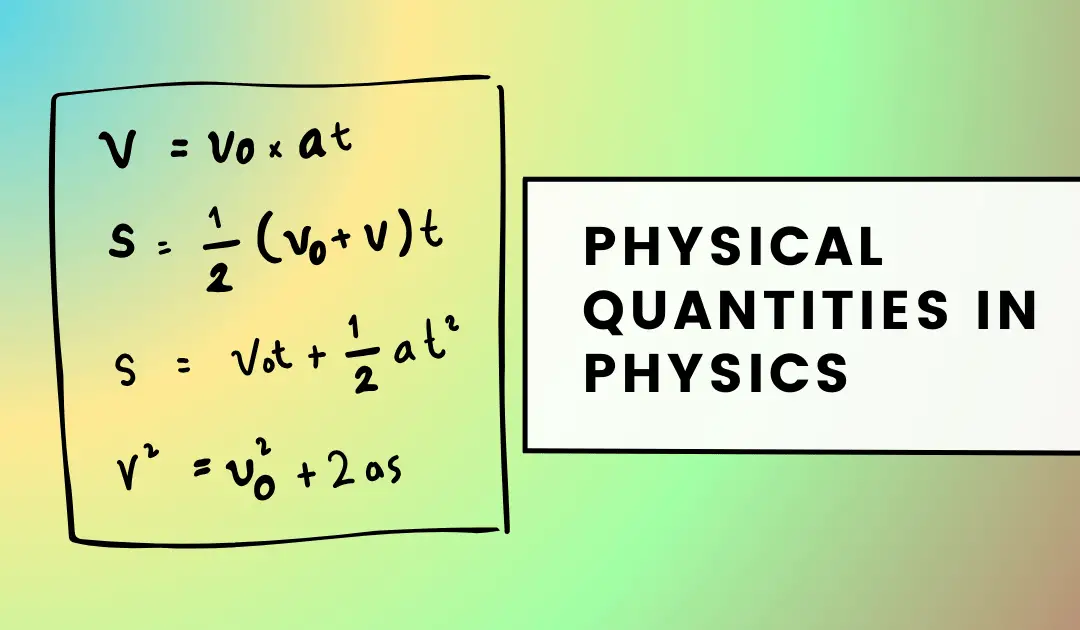Space occupied by an object is called volume and is equal to length times width times height. Since volume depends on measurement of length, width and height, units of volume are measured by a derived unit with units of length as their base unit.
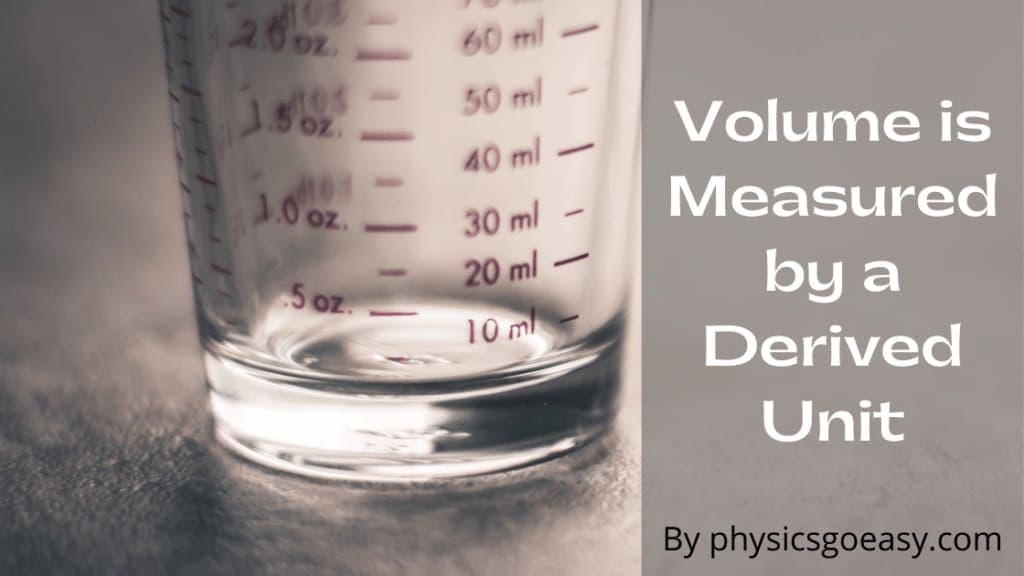
Units are very important when it comes to measuring anything. They give a strong basis to how things should be taken into consideration in terms of their amount. It can be the distance between earth to the moon, the amount of water present in the oceans, the hotness present on the sun’s surface, or the time taken by Usain Bolt to finish a 100 meters race. Everything is measured in some kind of unit.
As of today, we have the ‘Systeme International’ (SI Units) which is a french abbreviation that assigns the units to a particular quantity of anything should be measured in. These units are further segregated into ‘SI base Units’ and ‘SI Derived Units’.
SI Base Units:
There are 7 SI base units that are related to 7 base physical quantities. These are,
SI unit of Time – s (Second)
SI unit of Length – m (meter)
SI unit of Mass – kg (Kilogram)
SI unit of Electric Current – A (Ampere)
SI unit of Temperature – K (Kelvin)
SI unit of Amount of Substance – mol (mole)
SI unit of Luminous Intensity – cd (Candela)
SI Derived Units:
SI-derived units are nothing but the units that originate from the product of powers of base units in various permutations and combinations. This is usually with a non-trivial numeric multiplier. When this multiplier is one, the unit is known as a coherent derived unit. A coherent derived unit is a unit that becomes the most suitable unit to measure things that otherwise won’t be able to measure with the primary 7 fundamental units. These coherent units are also the most compatible with the 7 fundamental units.
For e.g.,
1 Newton (SI unit of Force) = 1 Kg (SI unit of mass) x 1 m (SI unit of distance) / s2 (SI unit of time), therefore 1 Newton is a coherent unit of Force. Similarly, we can also take units that are not SI units and make a new unit to calculate force. Such as in place of ‘m’ we take ‘cm’. But these terms will not come in the category of coherent derived units. They will be just other derived units for the same quantity.
Volume measured in Derived Units
As everything can be measured in some or other units, the volume also has its SI unit known to be ‘cubic meters’ $(m^3)$. This is an example of the coherent derived unit which is made from the SI unit of length to the power of three.
Volume is the space trapped within an enclosure in 3 dimensions and it is given by the product of the length in all 3 axes. When we perform it using the base units of length, ‘meter’, we eventually get the coherent derived unit as the cubic meter.
As this SI unit is made up of one of the 7 fundamental units, ‘Volume’ has a derived SI unit as many other units.
Conclusion:
There are only 7 fundamental units and are enough to cater to our needs to calculate things primarily, but when it comes to things we can’t measure solely using the fundamental units we have to go for the derived units which are nonetheless the product of powers of the base units. Volume is an excellent example where the measurement is done by the coherent derived unit ‘cubic meter’ which is the SI unit of length raised to the power of three.
Some FAQs
What is the SI base unit for volume?
What units are used for volume?
Related Articles
- What are the units of measurement in the metric system?
- Units and Measurements in Physics
- https://www.nist.gov/pml/weights-and-measures/si-units-volume


